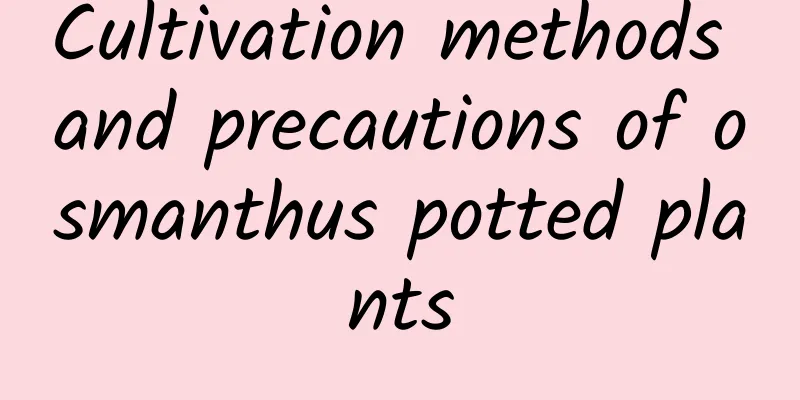Cultivation methods and precautions of blue snowflakes

1. TemperatureThe blue snow flower plant is relatively a heat-loving plant. Generally speaking, its growth will stop below 7℃, it will show some signs of cold damage below 5℃, and all its leaves will fall off at around 0℃. The most ideal growth temperature is between 15-28℃, and high temperatures above 35℃ will also have a certain inhibitory effect on it. Therefore, when maintaining the plant, except for the Lingnan region in China where outdoor cultivation can be carried out without worrying about any problems, other regions must bring the plant indoors for cultivation in winter. 2. LightingBlue snow flower is a sun-loving plant and is slightly shade-tolerant, so it can be placed under light at all times except during the hot summer noons. It can also bloom normally in a relatively shady or semi-shady environment, but the flower color will become duller and the number of flowers will decrease. 3. WaterThe blue snow flower plant is slightly drought-resistant in terms of water requirements, so do not water it too much during the maintenance process, just water it thoroughly when it is completely dry. 4. FertilizationWhen caring for the blue snow flower, it is sufficient to give it a thin layer of fertilizer approximately once every half a month during the growth period so that it can grow normally. It is not a plant that particularly likes fertilizer, so it is a particularly easy-to-grow flower and it is easy to bloom. 5. NotesBlue snow flower has relatively few diseases and pests. Generally speaking, it has strong disease resistance and is rarely attacked by pests, so diseases and pests can be considered less during maintenance, but you cannot completely ignore them. If diseases and pests occur, they must be prevented and controlled in a timely manner. |
<<: Is Blue Snowflake Extraordinary Bluer?
Recommend
When is the best time to take cuttings of bougainvillea (which month is the best time to take cuttings of bougainvillea)
When is the best time to take cuttings of bougain...
How to grow Phalaenopsis
1. Breeding environment (1) Temperature: preferab...
Cultivation methods and precautions of the lotus lantern
Temperature for growing lotus lanterns Because th...
How to plant and raise Dendrobium
1. How to plant 1. Soil selection: Dendrobium has...
What is the scientific name of coriander and what are its benefits?
1. Scientific Name Its Chinese name is coriander,...
What flowers are best to give to your girlfriend?
1. Red Rose Since ancient times, red roses have b...
The efficacy and function of lemon tea
1. Quench your thirst Lemon tea is extremely thir...
Can potassium carbonate be used as fertilizer?
Potassium carbonate as fertilizer Potassium carbo...
Cultivation methods and techniques of Impatiens
Impatiens is a common ornamental plant with brigh...
What plants are suitable for grafting in June?
Plants suitable for grafting in June In June, pla...
What fertilizer is good for green radish
1. What fertilizer to use This plant is relativel...
DIY│Teach you how to play with succulent murals
Step 1 Keep 1-2 inches of the succulent plant ste...
Cultivation methods and precautions of net-grass
Farming methods Light and temperature Net-veined ...
How to grow Michelia in autumn
1. Suitable temperature Michelia is relatively se...
When is the best time to transplant beech trees? (Transplantation time and maintenance methods for beech trees)
The root system of the beech tree is slender and ...









